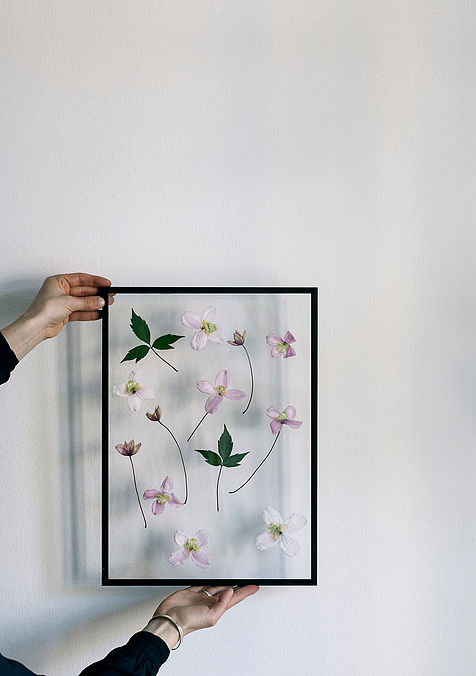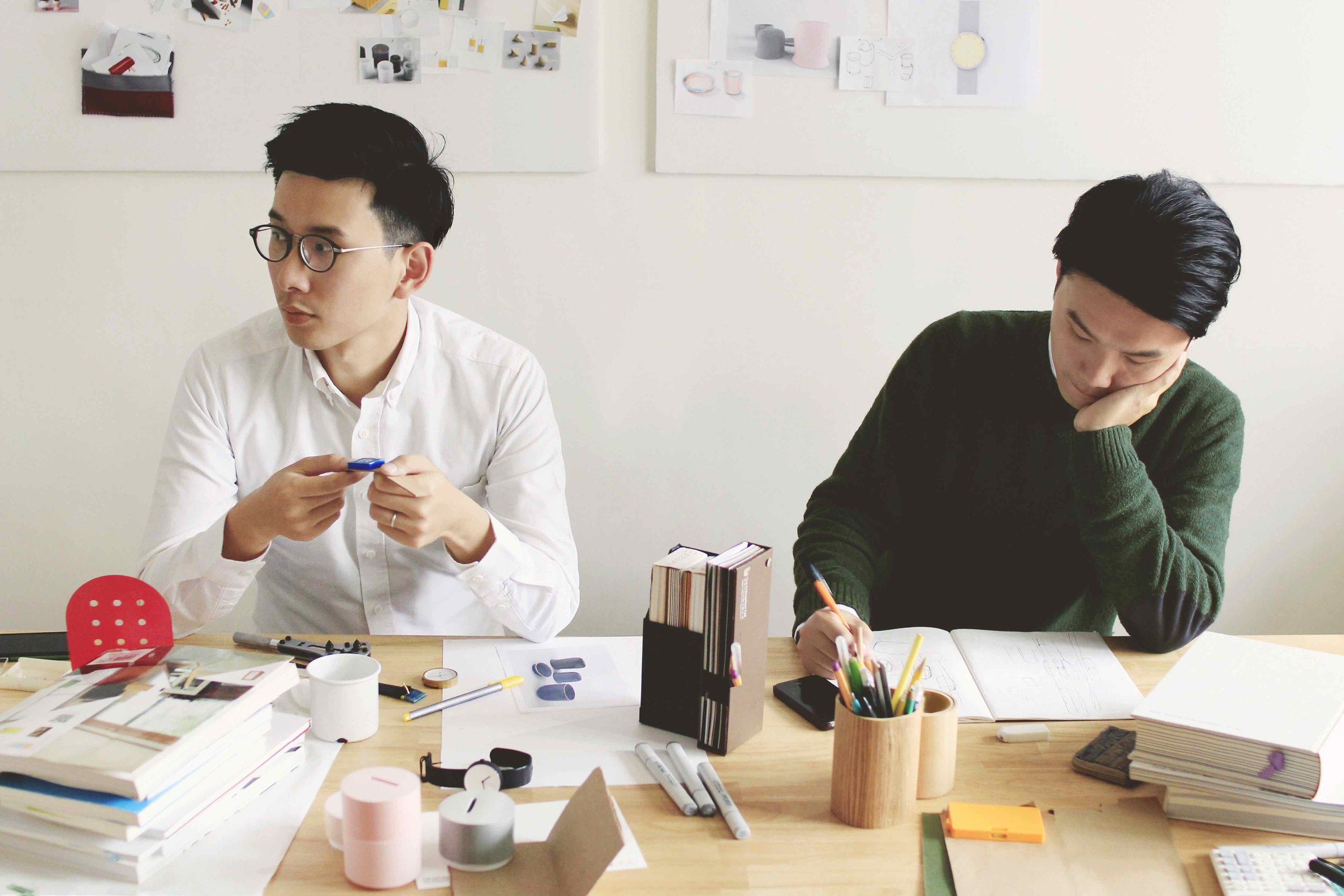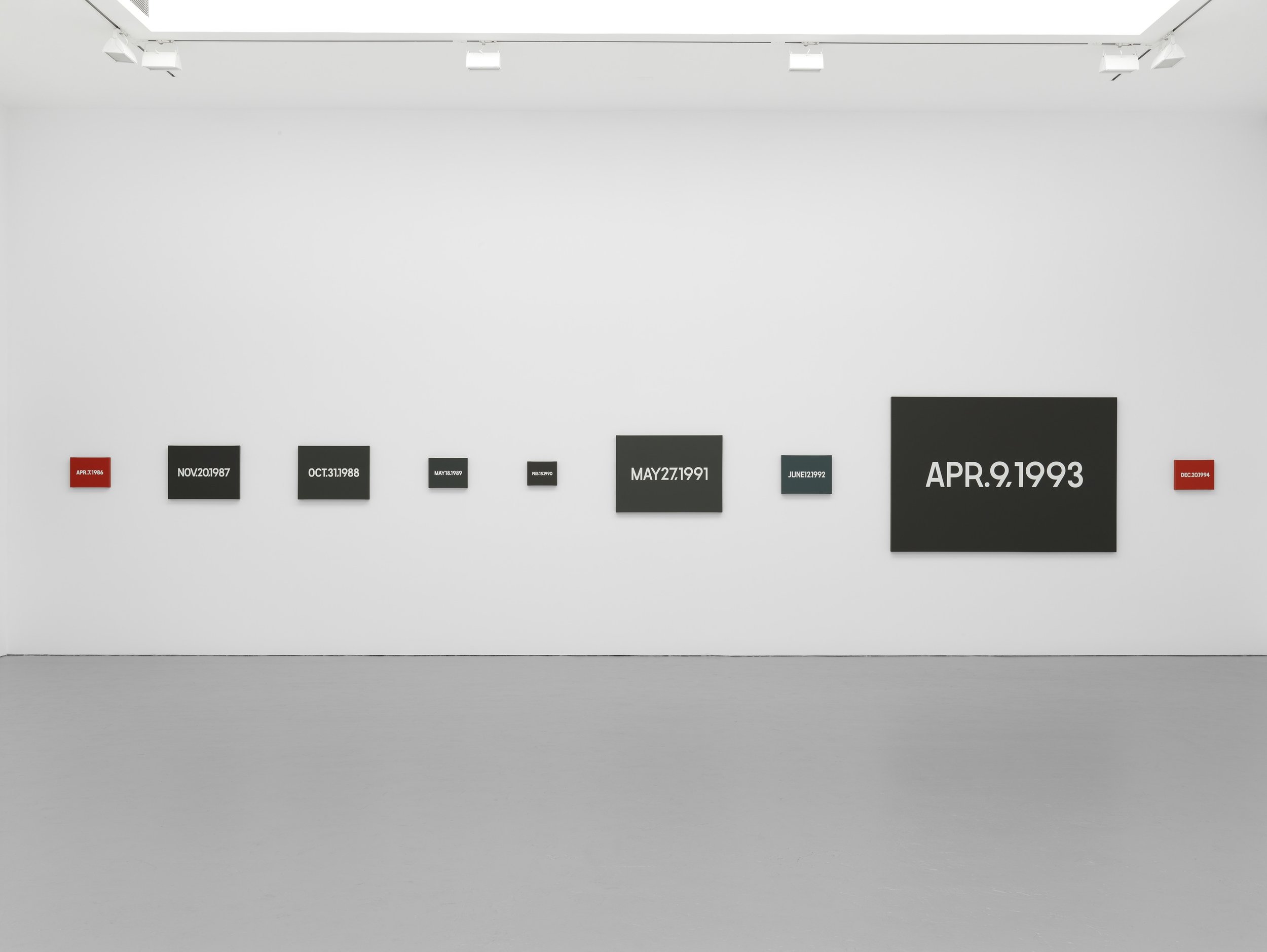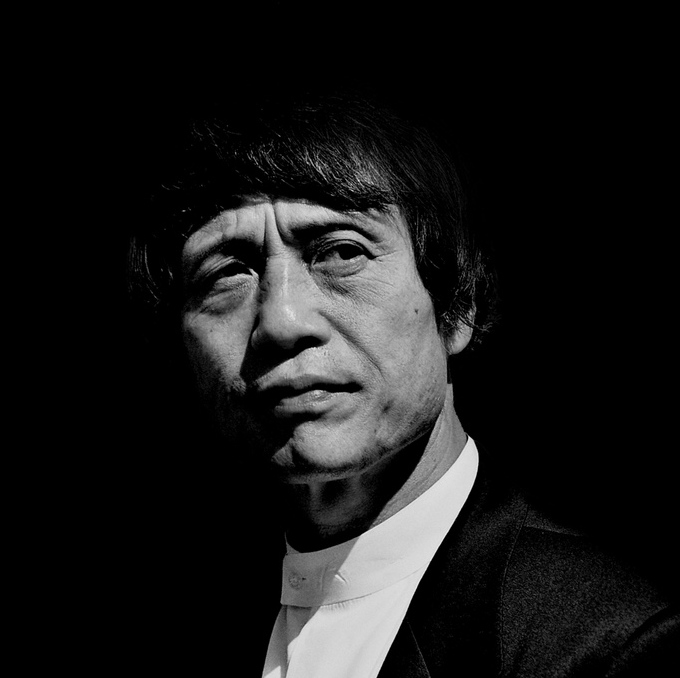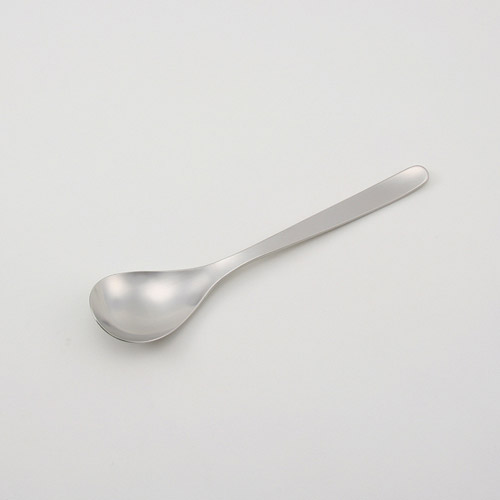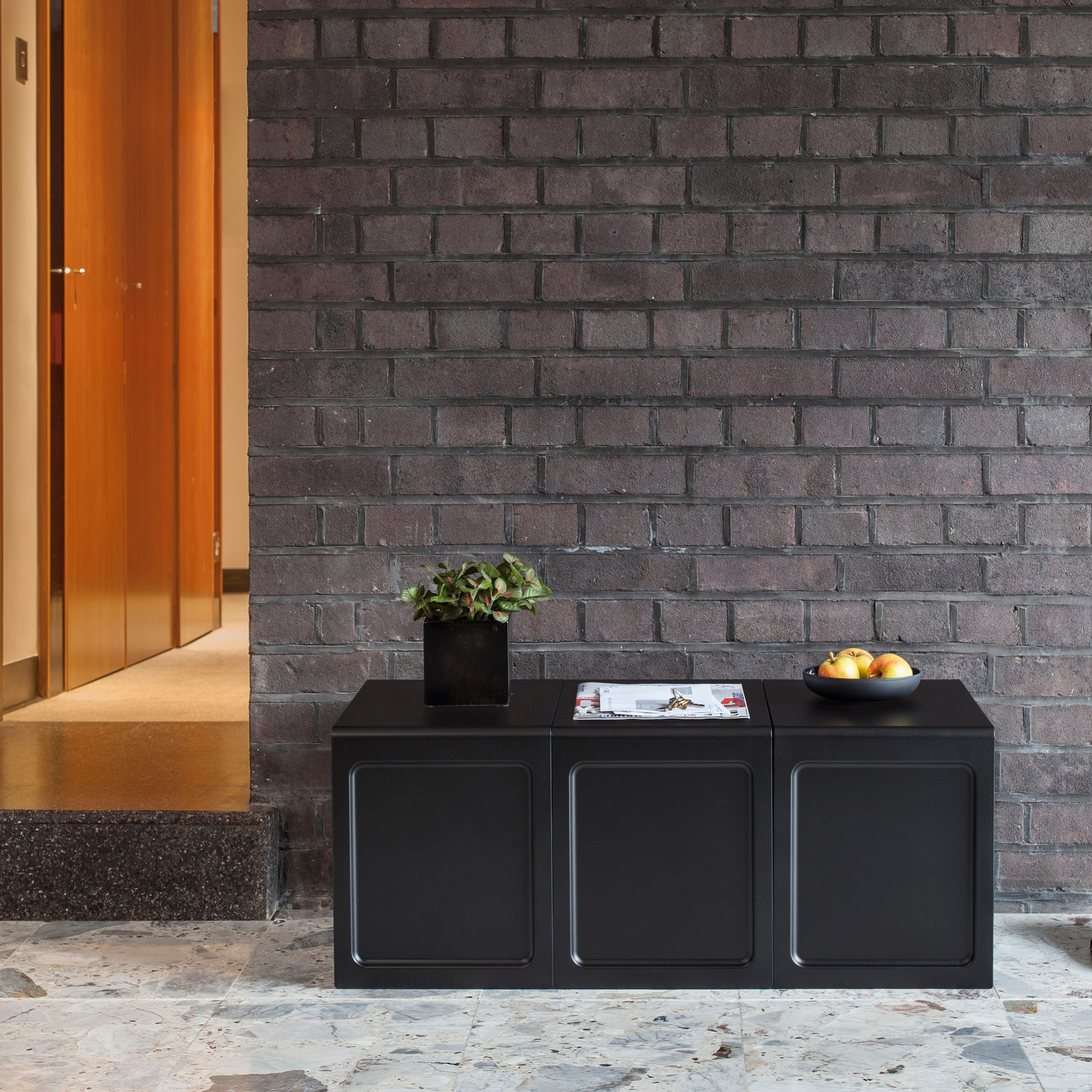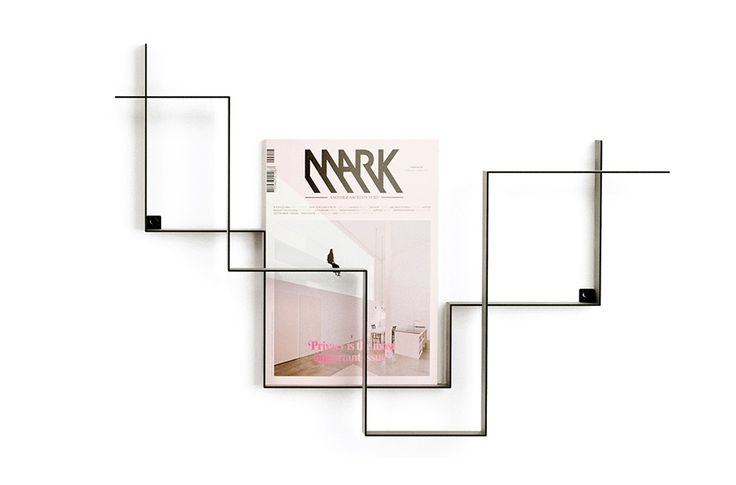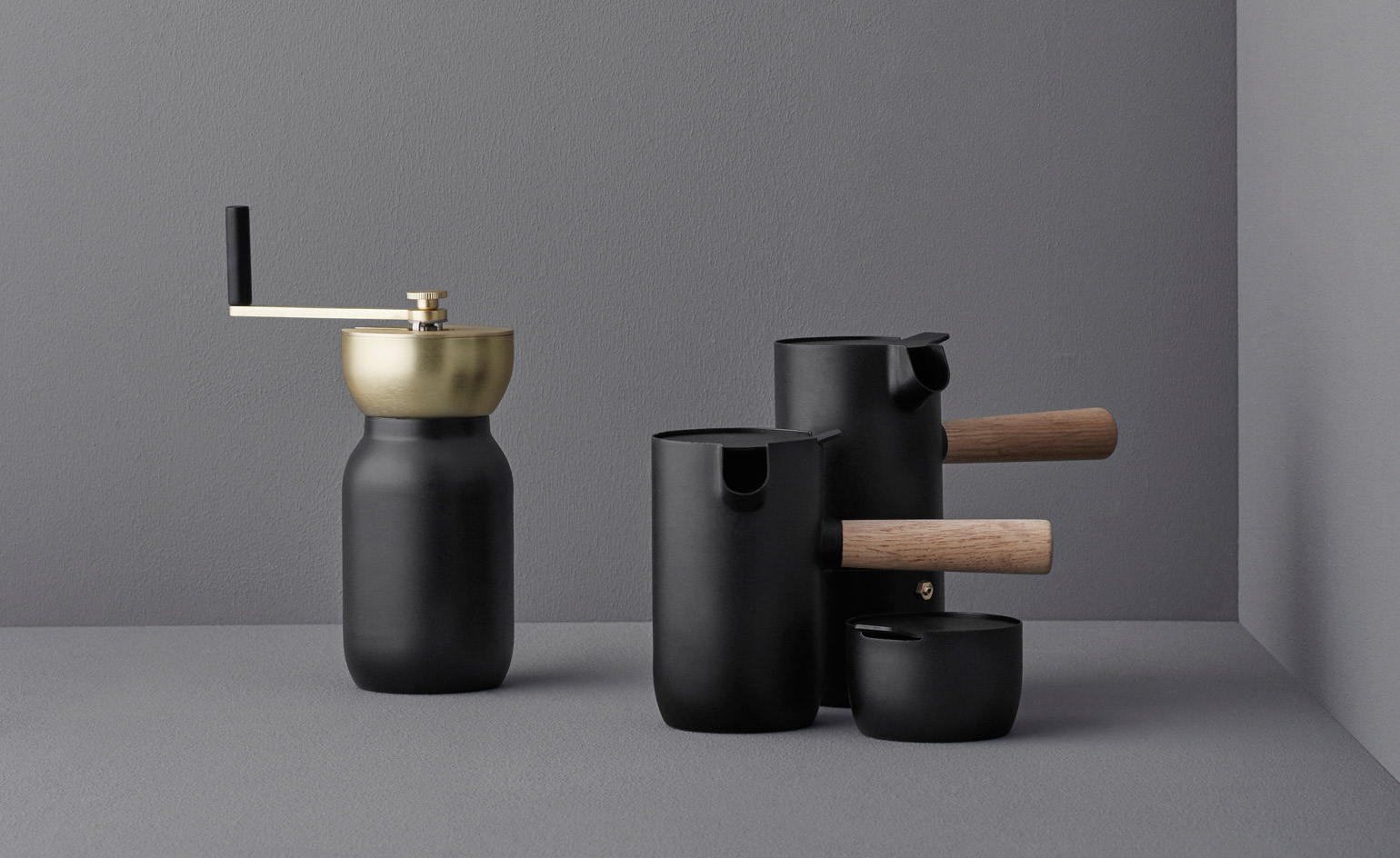MOEBE – Honest and Intuitive Design
Alex Rückheim
MOEBE is a Scandinavian design studio based in Copenhagen, Denmark, and consists of cabinetmaker Anders Thams and architects Nicholas Oldroyd and Martin D. Christensen.
The beauty about MOEBE is that the studio deliberately keeps things simple, without sacrificing its quality, curiosity, honesty and level of consideration. With a clear focus on the essentials, the brand strives to reduce its designs to their most simple forms, thereby creating intuitive, honest and long-lasting products.
Founded by Anders and Martin over a cup of coffee back in 2014, the name MOEBE derives from ‘Amoeba’ – the single-celled organism, representing the simplicity in their design DNA – and the word ‘Møbel' (furniture), which hints at the type of products the studio designs.
“We keep things simple. The world is complex enough.”
Possibly the most iconic design of the studio – and a personal favourite – is its transparent frames. A re-interpretation of the classic clip-on picture frame, the idea was to reduce it to its core form and make it simpler in its construction and expression while retaining the flexibility of conventional clip-on frames. It consists of two panes of acrylic glass, a frame comprised of four detachable panels of either oak or aluminium (black and white), and a rubber band. The rubber band both holds the frame together and serves for hanging the frame on your wall. The frame is available in A2, A3, A4 and A5 format.
One of the studio’s most recent launches is its beautiful Wall Mirror, a frameless mirror held by a lightweight wire form. In staying true to its core design principles, it is designed by stripping the mirror down to its essential elements. Available in either powder coated black, white or solid brass.


